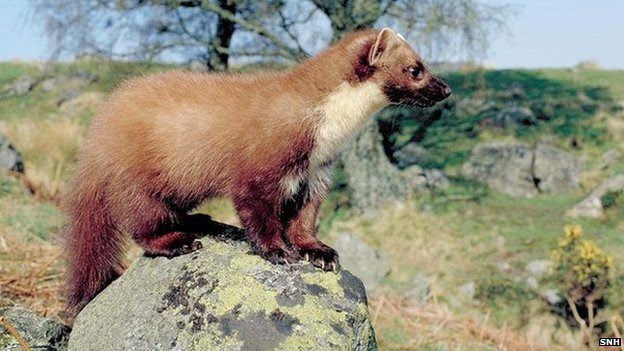New research by Stanford scholars shows that increasing genetic diversity among the 3,000 or so tigers left on the planet is the key to their survival as a species.
Iconic symbols of power and beauty, wild tigers may roam only in stories someday soon. Their historical range has been reduced by more than 90 percent. But conservation plans that focus only on increasing numbers and preserving distinct subspecies ignore genetic diversity, according to the study. In fact, under that approach, the tiger could vanish entirely.
"Numbers don't tell the entire story," said study co-author Elizabeth Hadly, the Paul S. and Billie Achilles Professor in Environmental Biology at Stanford and senior fellow at the Stanford Woods Institute for the Environment. She is a co-author of the study, which was published April 17 in the Journal of Heredity.
That research shows that the more gene flow there is among tiger populations, the more genetic diversity is maintained and the higher the chances of species survival become. In fact, it might be possible to maintain tiger populations that preserve about 90 percent of genetic diversity.
Rachael Bay, a graduate student in biology at Stanford's Hopkins Marine Station and the lead author of the study, said, "Genetic diversity is the basis for adaptation."
Loss of diversity
The research focused on the Indian subcontinent, home to about 65 percent of the world's wild tigers. The scientists found that as populations become more fragmented and the pools of each tiger subspecies shrink, so does genetic diversity. This loss of diversity can lead to lower reproduction rates, faster spread of disease and more cardiac defects, among other problems.
The researchers used a novel framework, based on a method previously employed to analyze ancient DNA samples, to predict what population size would be necessary to maintain current genetic diversity of tigers into the future. The authors believe this new approach could help in managing populations of other threatened species.
The results showed that for tiger populations to maintain their current genetic diversity 150 years from now, the tiger population would have to expand to about 98,000 individuals if gene flow across species were delayed 25 years. By comparison, the population would need to grow to about 60,000 if gene flow were achieved immediately.
Neither of these numbers is realistic, considering the limited size of protected tiger habitat and availability of prey, among other factors, according to the researchers.
Limited habitat
"Since genetic variability is the raw material for future evolution, our results suggest that without interbreeding subpopulations of tigers, the genetic future for tigers is not viable," said co-author Uma Ramakrishnan, a former Stanford postdoctoral scholar in biology and current researcher at the National Centre for Biological Sciences in Bangalore, India.
Because migration and interbreeding among subspecies appear to be "much more important" for maintaining genetic diversity than increasing population numbers, the researchers recommend focusing conservation efforts on creating ways for tigers to travel longer distances, such as wildlife corridors, and potentially crossbreeding wild and captive tiger subspecies.
"This is very much counter to the ideas that many managers and countries have now - that tigers in zoos are almost useless and that interbreeding tigers from multiple countries is akin to genetic pollution," said Hadly. "In this case, survival of the species matters more than does survival of the exclusive traits of individual populations."
Understanding these factors can help decision-makers better address how development affects populations of tigers and other animals, the study noted.
Conservation efforts for other top predators have shown the importance of considering genetic diversity and connectivity among populations, according to the report. One example is Florida panthers: since individuals from a closely related panther subspecies were introduced to the population, Florida panthers have seen a modest rise in numbers and fewer cases of genetic disorders and poor fitness.








+(1).jpg)
.jpg)
.jpg)





